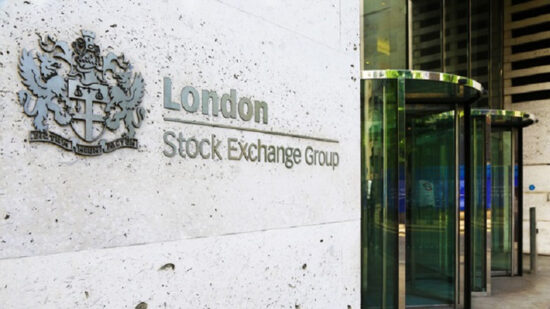The chancellor announced a new penalty of 60% of the tax due to be charged in all cases successfully tackled by the General Anti-Abuse Rule. He also introduced new measures to ‘name and shame’ persistent offenders, who have a series of avoidance schemes defeated by HMRC. These include special reporting requirements and a surcharge on those whose latest return is inaccurate due to use of a defeated scheme.
Technical loopholes
The government also sought to close a number of technical loopholes: For example, rules will be introduced to prevent the avoidance of stamp tax where ‘deep in the money’ options are used to transfer shares to a depositary receipt issuer or clearance service. The government will also publish a consultation on the rules on company distributions, largely to prevent income being converted to capital to secure a lower tax rate. It will also look at abuses of the intangible fixed assets regime.
Having already tackled some of the tax advantages around buy-to-let properties, the chancellor went one step further in the Autumn Statement, increasing Stamp Duty Land Tax by 3% for all second homes and buy-to-let properties from 1 April 2016.
Need to be wary
Paul Smee, director general of the Council of Mortgage Lenders, said the chancellor needed to be wary about market distortions: “Additional stamp duty on buy-to-let transactions comes hot on the heels of the forthcoming tax changes to landlords already announced. Government will need to keep a careful eye on the cumulative effects; with the private rented sector housing around a fifth of the population, we do need to avoid unintended consequences.”
The government also announced 400,000 new affordable homes.
There were relatively few changes in the ISA regime, which disappointed some. ISA allowances were frozen, though the government did announce some expansion of eligible investments – from Autumn 2016, the list of eligible investments in the new Innovative Finance ISA will include debt securities offered via crowdfunding platforms.
Nevertheless, Maike Currie, associate investment director at Fidelity International, said is was a ‘kick in the teeth for ISA savers’: “The increase is typically based on September’s inflation figure and while we have been in negative territory, any increase would have been welcome for the nation’s savers.”
Pensions relatively untouched
Pensions, for once, were also left relatively untouched. The Chancellor confirmed that the secondary market for annuities would become available: “The government will remove the barriers to creating a secondary market for annuities, allowing individuals to sell their annuity income stream.” Further details will be set out in the government’s consultation response in December.
The chancellor also confirmed that he would keep the pensions’ ‘triple lock’. Hugh Nolan, director, JLT Employee Benefits, said: “Keeping the triple lock is great news for pensioners. However, this will be paid for by the current working generations. These people won’t get such good pensions for themselves, especially with the delay in the minimum contribution for auto-enrolment. Therefore, this increases the intergenerational unfairness, with younger people losing out. The reality is that the working people of today will have to save a lot more to guarantee themselves a decent retirement.”








